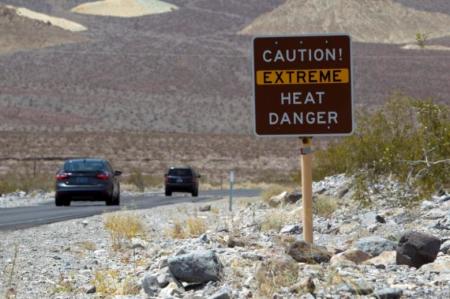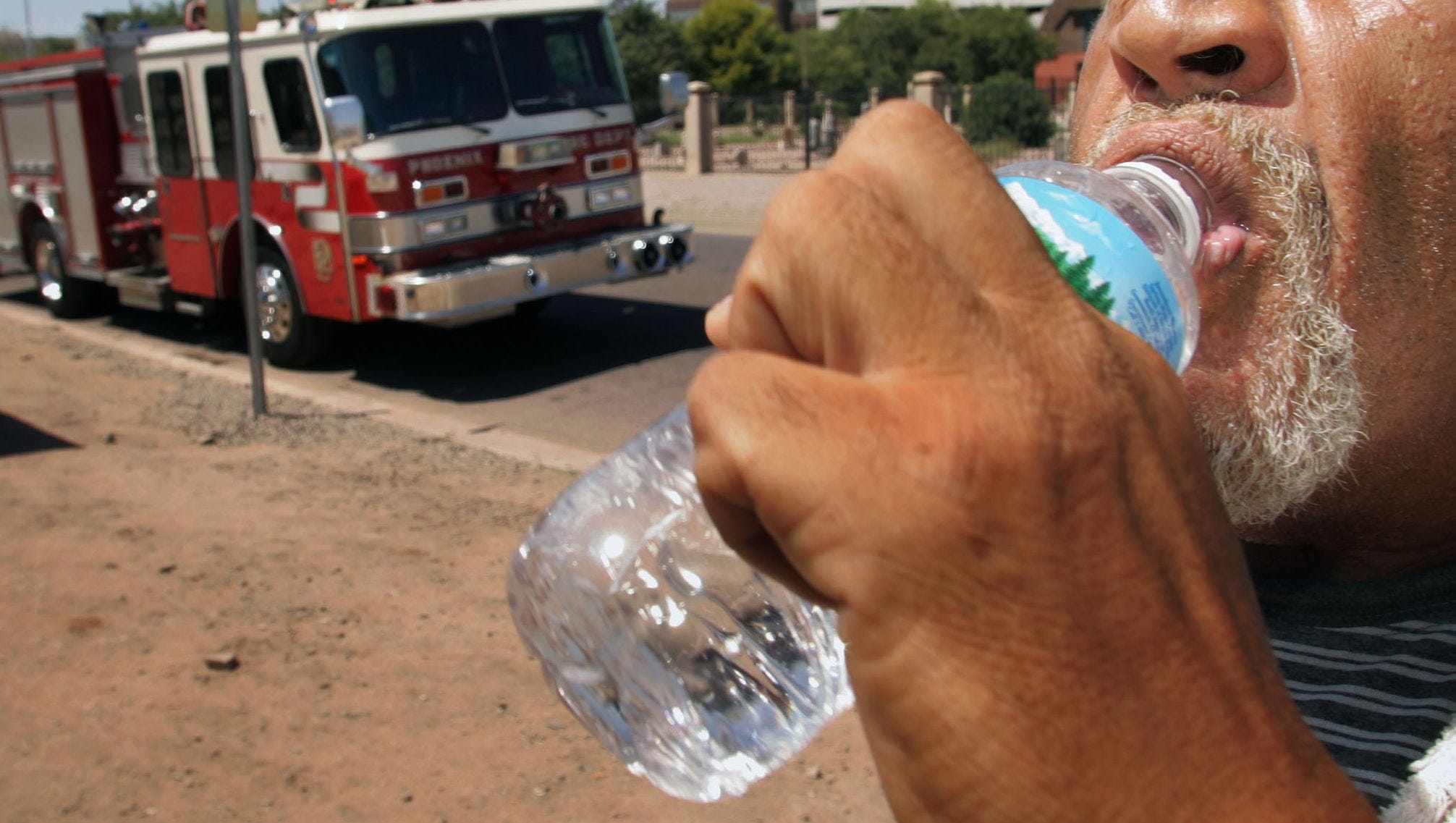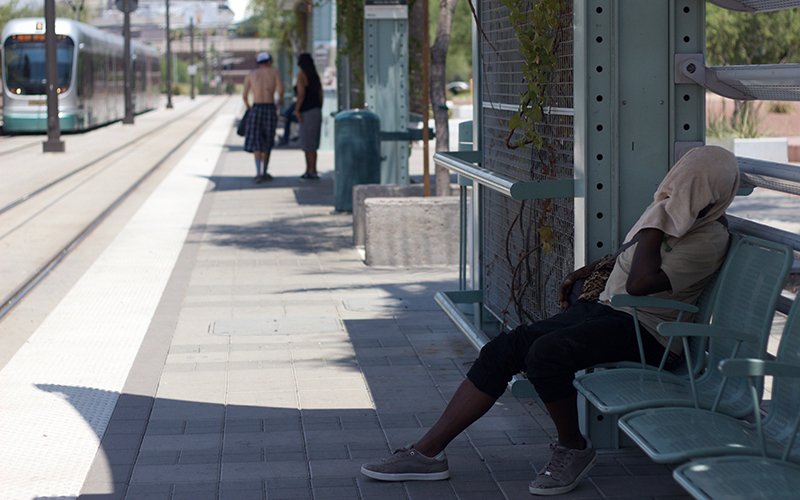
Heat mitigation: Beyond handing out water in Maricopa County
Melanie Gall, Center for Emergency Management Homeland Security (CEMHS)
"A total of 632 people have died due to heat-related issues from 2006 - 2013. These people have not been considered ones affected due to a ‘hazard.’"
- Melanie Gall, KER fellow 2020
Background
Heat fatalities are avoidable deaths. But heat kills more residents in Arizona and Maricopa County than any other natural hazard. In theory, hazard mitigation should be an all-hazards approach, as promoted by the Federal Emergency Management Agency (FEMA). Still, heat is de facto not an actively mitigated hazard on any government level, unlike winter weather, floods, wildfires, hurricanes, and other hazards. This is evidenced by the fact that FEMA has never funded a single, stand-alone heat mitigation project, nor has the agency ever declared a state of emergency or presidential disaster due to heat — not even during the 1995 Chicago heat wave that killed more than 700 people.
As a result, the hazard mitigation plan of Maricopa County and many other Arizona counties is limited to handing out water or establishing cooling centers during the summer months.
Research questions
-
Which cities in Maricopa County are interested and willing to revise, propose, and adopt stand-alone heat mitigation actions in the 2019 plan update of the Maricopa County All-hazards Mitigation Plan?
-
What dedicated, stand-alone heat mitigation actions are appealing to those involved in the Maricopa County plan update?
-
What are the pros and cons of proposed heat mitigation actions according to the STAPLEE (social, technical, administrative, political, legal, economic, and environmental) method?
Methods and findings
Gall observed and participated in monthly planning meetings held by the Maricopa County Department of Emergency Management. She also worked with David Hondula to develop a repository of possible heat mitigation actions. Gall then conducted focus group meetings to present, discuss, and brainstorm heat mitigation actions.
Many heat mitigation actions align with traditional mitigation project types commonly associated with other hazards (e.g., building retrofit, green infrastructure projects feasibility studies, etc.).
Partners
Arizona State University
-
David Hondula, School of Geographical Sciences and Urban Planning
-
Anne Reichman, Sustainable Cities Network
-
Melissa Guardaro, Knowledge Exchange for Resilience
Maricopa County
-
Rudy Perez, Department of Emergency Management
-
Braden Kay, Director of Sustainability, City of Tempe
-
Michelle Seitz, Emergency Manager, City of Tempe
-
Mark Hartman, Chief Sustainability Officer, City of Phoenix
Impact
The short-term impact of Gall's project is the fact that select jurisdictions in Maricopa County are now eligible to apply for federal funding to mitigate the heat. The long-term impact is that these jurisdictions will have to pave the way for others and probably encounter many obstacles and roadblocks before receiving funding. Currently, there is minimal familiarity with the federal government on assessing value and fund heat mitigation projects.
The inclusion of heat mitigation actions allows select jurisdictions in Maricopa County to apply for federal funds as part of the Building Resilient Infrastructure and Communities grant program, as well as post-disaster federal grants. Overall, there is still significant work to be done to increase awareness of heat mitigation actions and the utility of a county hazard mitigation plan to leverage funding to implement local solutions.
Deliverables
Gall's research on the inclusion of new heat mitigation actions will be available in the Maricopa County Hazard Mitigation Plan in early 2021. Gall will also submit a manuscript to a peer-reviewed journal on FEMA's treatment of heat (as a natural hazard) in January 2021.
Melanie Gall
Co-director and Clinical Professor
ASU Center for Emergency Management and Homeland Security (CEMHS)
Impact Scholar 2022–2024; Academic Fellow 2020
Melanie Gall is a hazards geographer studying the interaction between natural hazards and society. She co-directs the ASU Center for Emergency Management and Homeland Security and manages the Spatial Hazard Events and Losses Database for the United States (SHELDUS). Her expertise lies in risk metrics (e.g., disaster losses, indices, risk assessments), hazard mitigation and climate change adaptation planning as well as environmental modeling. The applied nature of hazards research allows her to work closely with emergency management agencies from local to federal levels. She has conducted post-disaster field work in Mozambique, Haiti, New Jersey, Louisiana, Mississippi, and South Carolina. Her publications appeared in journals such as Nature Climate Change, Bulletin of the American Meteorological Society, and Natural Hazards Review.



